I have always had a passion for the camera, now everyone seems to be at it.
Come late September, Dora is up for sale.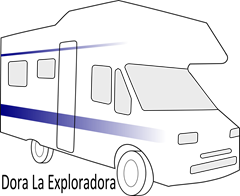 If you or anyone you know is looking for a reasonably priced motorhome then please check out the following link; If you or anyone you know is looking for a reasonably priced motorhome then please check out the following link;
https://www.2wanderers.com/dora-for-sale/ or if you have any questions email us at; Thanks |
My grandfather was a keen photographer and moviemaker, with his Olympus trip and super 8mm camera. This was proper film stuff and we used to have long evenings watching slides or projecting films. It was quite a process, putting up the screen, filling the boxes with all those slides and then passing them through the projector, or the long lengths of silent film, which seemed to last just a minute or two.
As soon as I could, I also got a camera. A Pentax P30 35mm with a couple of zoom lenses. My school, also had access to a darkroom, so I was able to process and develop my own black and white film. At university I changed to a second hand Canon A1 with fixed focus lenses. Here we had access to colour processing and developing and a professional photographer who taught all we needed to know. Photography was, and still is, pretty important to architecture.
I again upgraded, buying Nikon, an FE2, and then an F3 body, but it was the lenses that I was most proud of; A 50mm standard lens f1.2, an 85mm portrait lens f1.4, plus a couple of others.
And then everything went digital.
Everything changed.
I sold all my film equipment getting a digital SLR, with several zoom lenses and I clicked away, but I fell out of love with photography.
With film, film was expensive, processing was expensive, developing was expensive and therefore you were really careful, composing the shot, making sure the exposure was correct, maybe doing one a bit darker, one a bit lighter, to see which is best.
With digital you take snap after snap.
But then I also think the purpose of photography is different and is much more a record of peoples lives, and therefore you keep everything. We don’t, we dump the trash, the poorly composed, the badly lit and the fuzzy ones (Unless it happens to tell a particular story of course!)
And there are no selfies
We also like to take photos for our walls, yes they are reminders of the trips we have taken but mainly they are beautiful images, ones we are really proud of.
Wildebeest crossing the Serengeti, Tanzania. October 20012
So lets impart a few bits of advice.
Rule 1- Have fun and learn
Play and have fun, but do select you best ones, don’t keep them all. Work out why you like particular images and try and remember how you took then.
Here I took a series of water images down a slot canyon and really liked the movement of the water.
Papingo canyon, April 2015
Rule 2- Composition (also see rule 1)
There is always a one third two thirds rule in composition, which is a good starting point.
This tends to give quite a nice natural balance to the image. Probably something to do we us surveying the savannah for prey!
Ptuj, Slovenia. July 2015
At 50/50 there is no real focus to the image, what takes priority, sky or ground?
And then just way too much sky!
But actually, all rules should be discarded. If sky is really dramatic, or there is a pencil thin strip of land and you want to emphasis the big sky and it makes a beautiful image, why not.
The point is you don’t get beautiful images by snap, snap snapping away, hoping that one may be good. You have to work at them.
Manyana, Tanzania. October 2012
Rule 3- Turn off your flash and play with the light
Flashes are pretty much useless.
Why is this? Well even a professional flash on a modern SLR will only work when you are taking photos of something a maximum 10m away, further and the light is just too slow and too weak at illuminating the image. When you see people taking flash photography in stadium, there is no way you could illuminate the whole stadium from you little camera, it just isn’t physically possible.
The camera will then adjust the shutter speed to allow the correct amount of light to create the image. The image will also turn out much better, with better colour definition than a bleached out shot you would normally get with a flash.
You may now have to keep the camera really still to prevent camera shack while the shutter is open. Find somewhere to rest the camera, I rarely use a tripod, breathe deeply and as you exhale depress the shutter, even better use the timer.
You may find that your camera of phone has ways to adjust how bright the image comes out, known as stepping up or down.
This will make an enormous difference on images like church interiors.
For me, a photograph taken with flash never looks what you are experiencing in that moment. If you can’t transmit that back with your image, there is no point. SM.
Notice in the first image the church interior is lit well, but the stained glass looks bleached out. By reducing the shutter speed you let less light into the image, the interior appears darker, but the glass looks more dramatic and has richer colour.
Praha, Czech Republic. July 2015
And you can usually experiment to find out which you prefer, which gives you the best results.
Praha, Czech Republic. July 2015
Most digital camera will allow you to alter the exposure, and probably even a lot of mobile phones will as well.
None of these would be improved by flash, so turn it off.
You will get much better results. Point at bright sources of light to see what happens.
Praha, Czech Republic. July 2015
And you will get richer colours.
Praha, Czech Republic. July 2015
Rule 4- Be selective
Don’t keep every image you take, discard most of them, choose the best ones, it will make you more critical of what you take.
Back in the old film days I would say that if I got one really good image out of a film, one I would hang on the wall I would be happy. You should think the same way about your digital photos.
Rule 5- Remember its all about the light
Photography is all about the light. In the old days of film, it was all about the lens, and still is. The best lens makers produced the best cameras; Nikkor or Leica. What makes a good lens? Big bits of glass and as few as possible, photography is all about capturing as much light as possible. So the bigger the aperture of the lens the better.
To this end;
Glass is better than plastic- less impurities lets, more light through.
Fixed focus lenses are better than zoom lens- zooms have more bits in between which distorts the image.
Faster lenses are better than slower ones- gathers more light.
Notice the lenses on the left are fast, they have large apertures and let more light in. F1.4 and F1.2
The lens on the right is slower, has a smaller aperture and lets less light in. F2.5
In aperture a smaller number is faster, larger and lets more light in.
Rule 6- The zoom problem
Zooms introduce extra bits of glass in between the image and the camera, never a good thing. Prime lenses would always be better, and faster. But another problem with zooms is that they make you composition-ally lazy. That quick point, zoom, shot is not the best way to get a good image, you need to work at it. Obviously, the small digital, is by it nature not a prime lens, so you have to be conscious of you laziness!
So mostly what are we using?
Our trusty, nearly at the end of its days; Canon Ixus 100 IS. It has been dropped many times is battered and bruised and we fear the day it eventually dies, but somehow still keeps on going. Some people seem to have a different camera every time we see them, much like a mobile phone. This is the second Ixus 100 is we have had, the first one died on the side of a welsh mountain, drowning in my pocket as it got filled with rain. This latest one was reconditioned and has also suffered injuries, but these days you can get spare parts on ebay so has had a second lease of life. But soon it will be off to camera heaven.
So what next, who knows- research need to start.
Some people seem to get hung up on the size of image (20MB+) but unless you are goin to print out on billboards, or publish in glossy magazines, this is really overkill. A 10MB file will suffice and print out at A3 or display on a 4K screen very nicely. It obviously needs to be a ood image though.
Perhaps this one, good manufacturer, great lens. Still pretty small and it has a viewfinder, better go and talk to the accountant.
Panasonic Lumix LF1 with f2.0 Leica lens and viewfinder, what more could you want.
Maybe the Panasonic Lumix LX7 with f1.4 Leica lens, but the viewfinder is an add on.
But that is a really high aperture to let in lots of light.
Tough decision

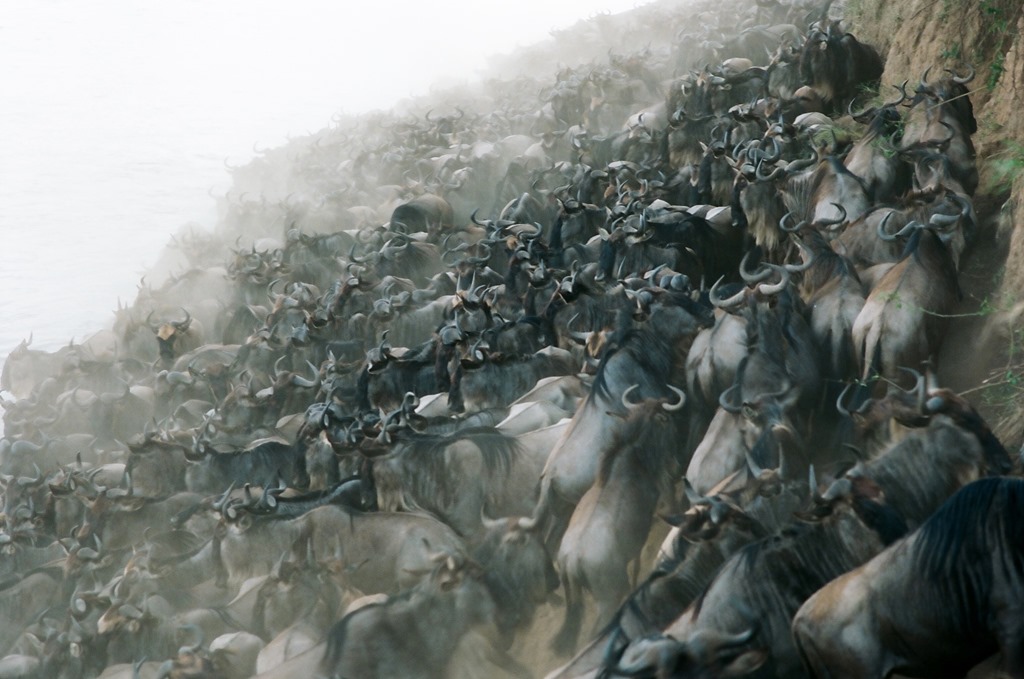
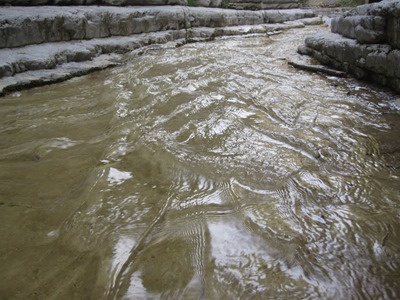
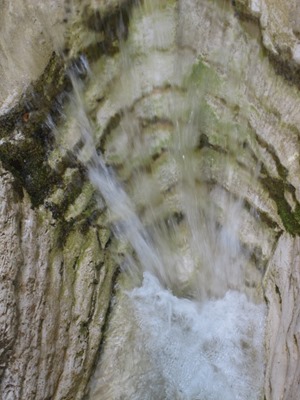
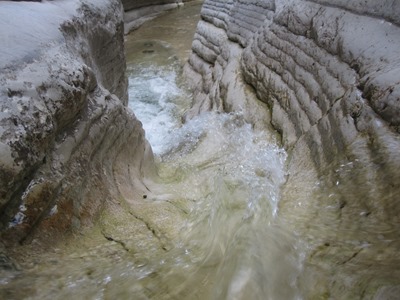
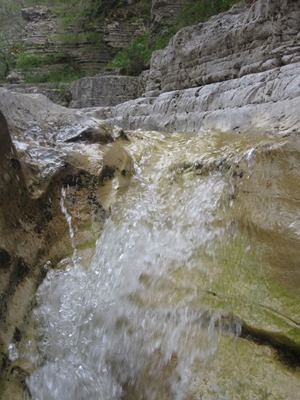
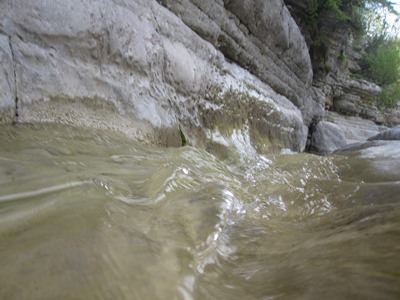
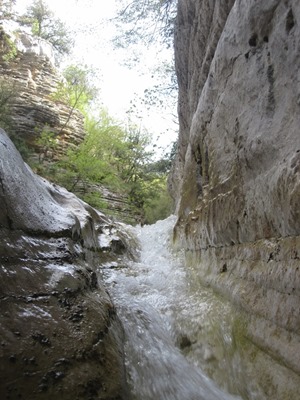
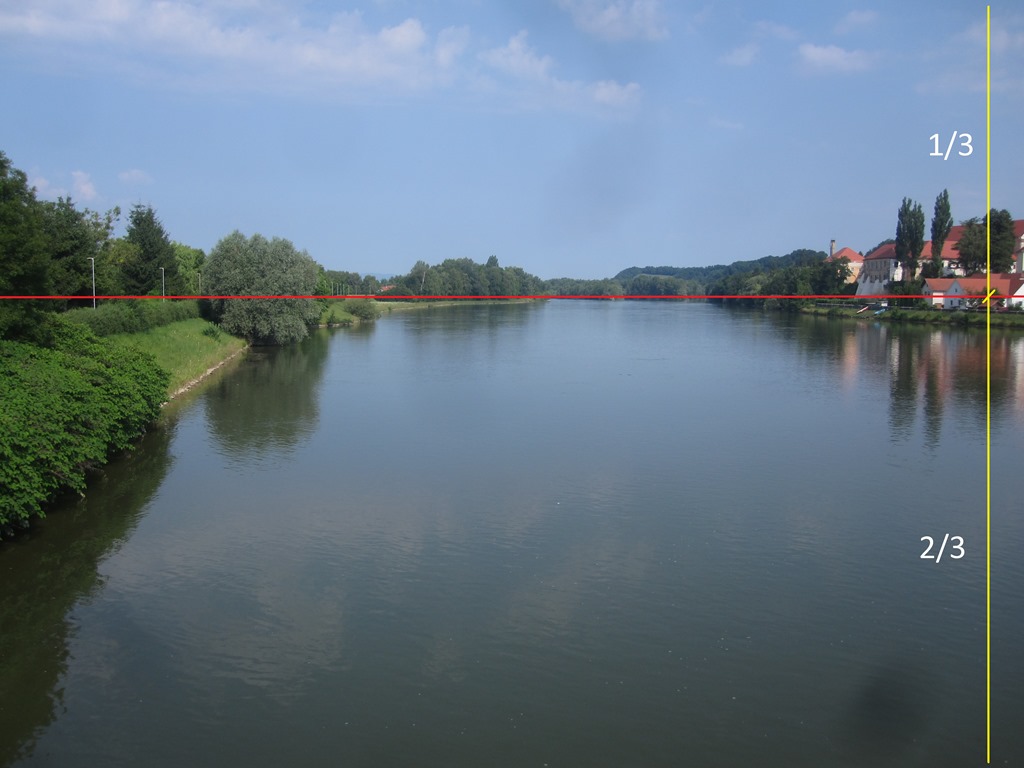
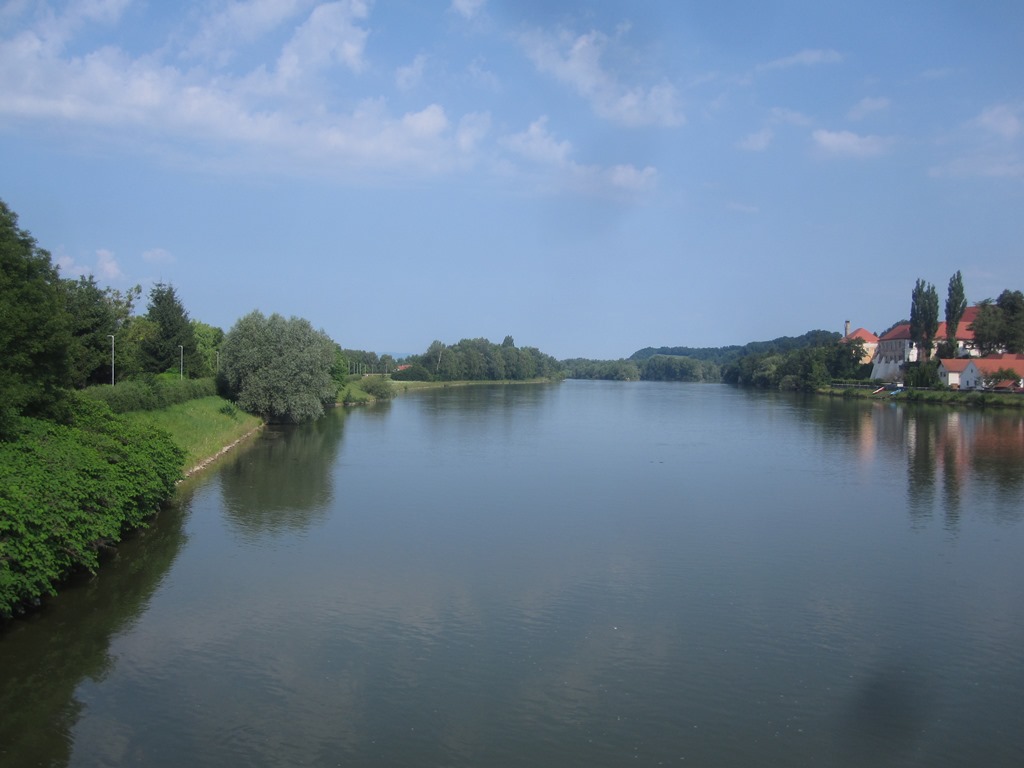
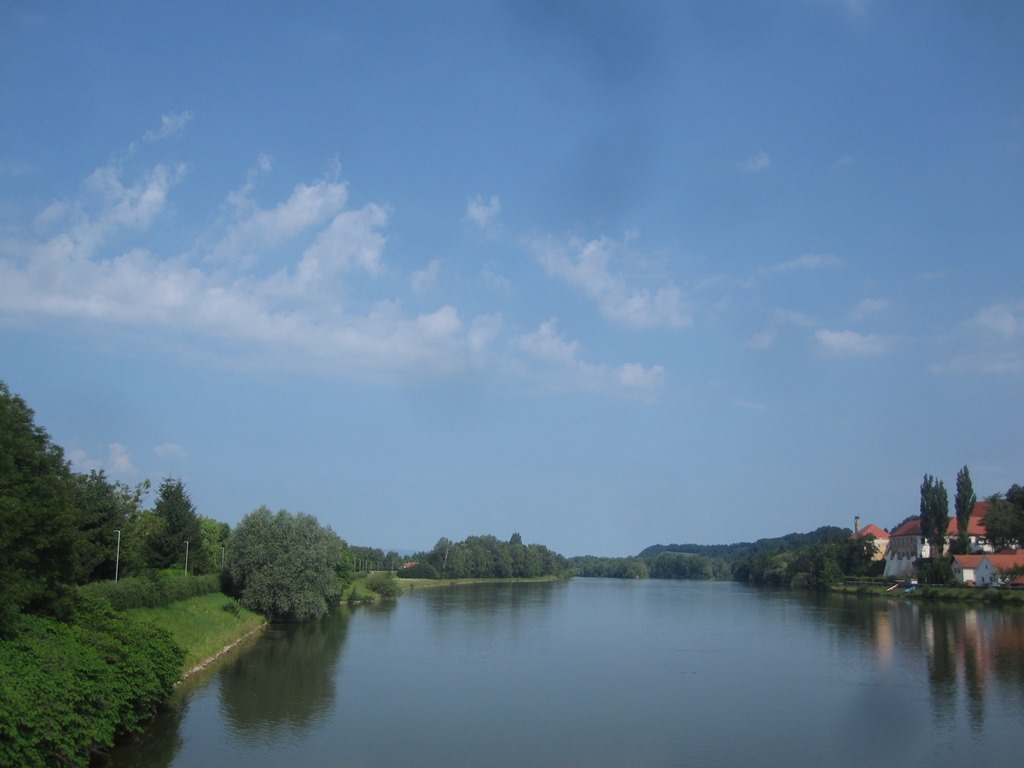
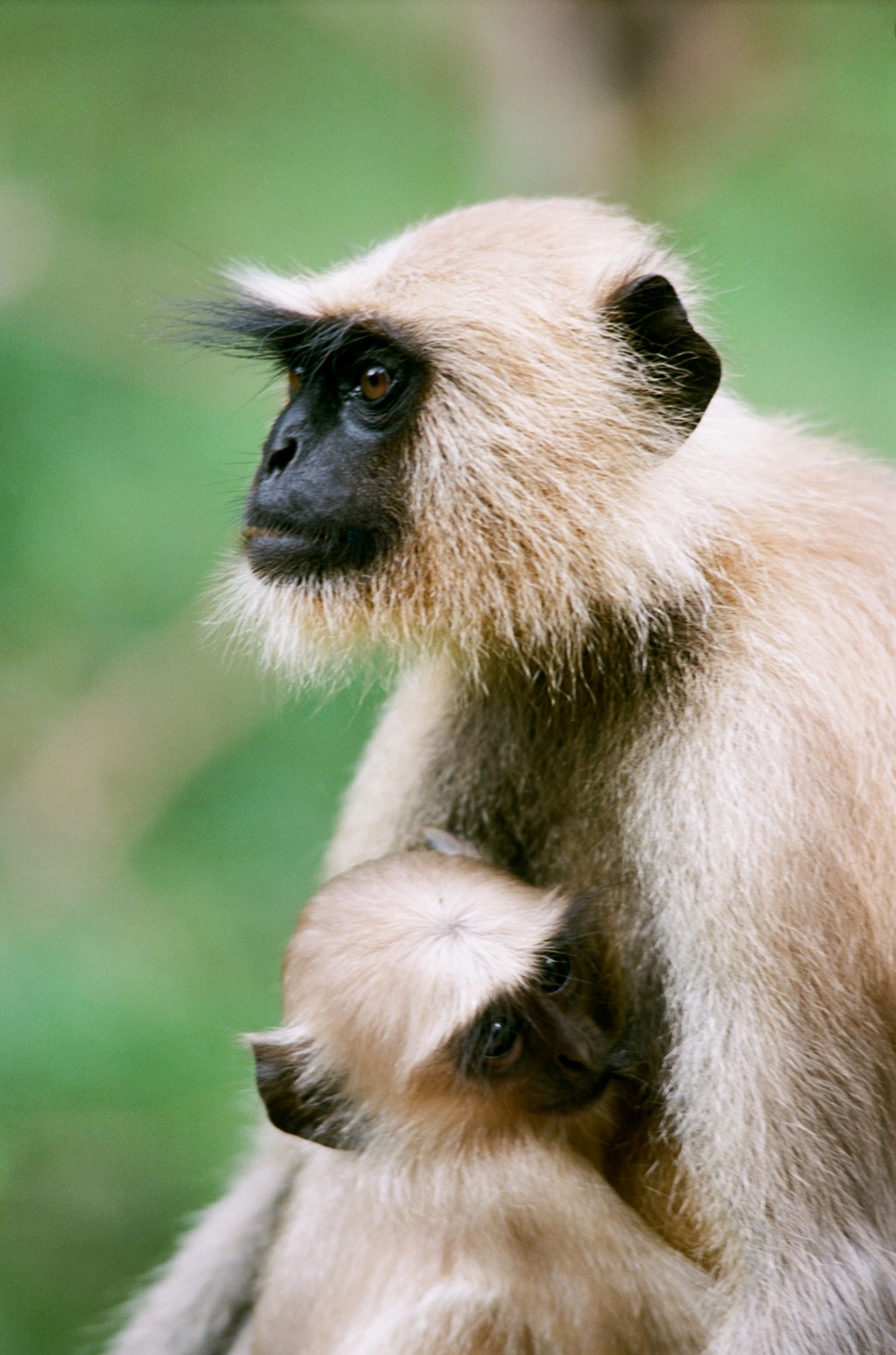
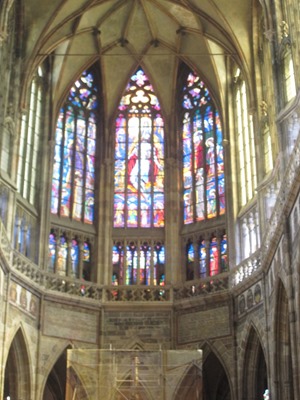
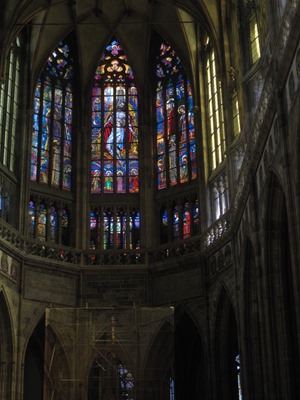
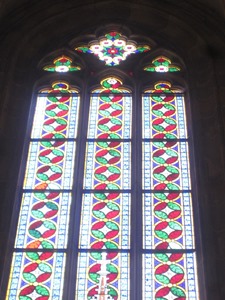
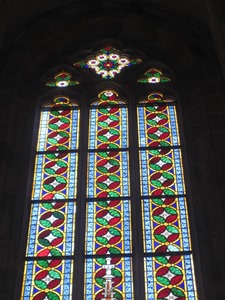
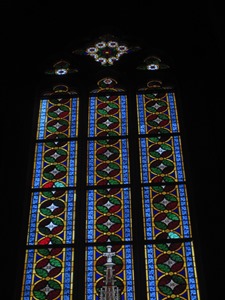
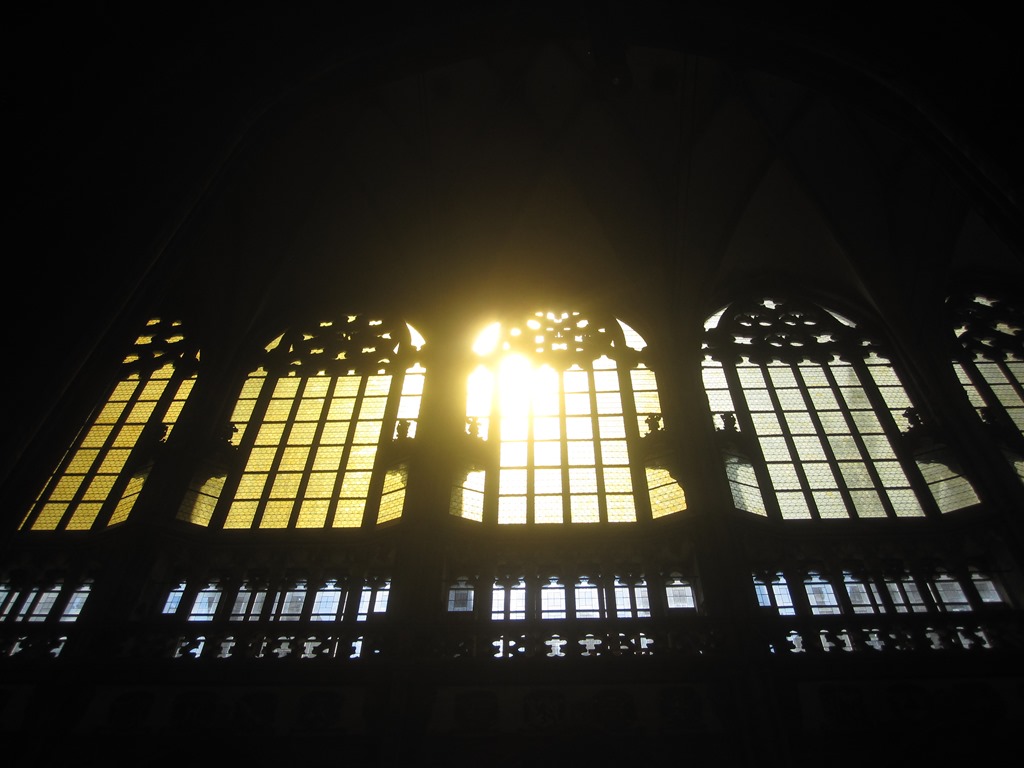
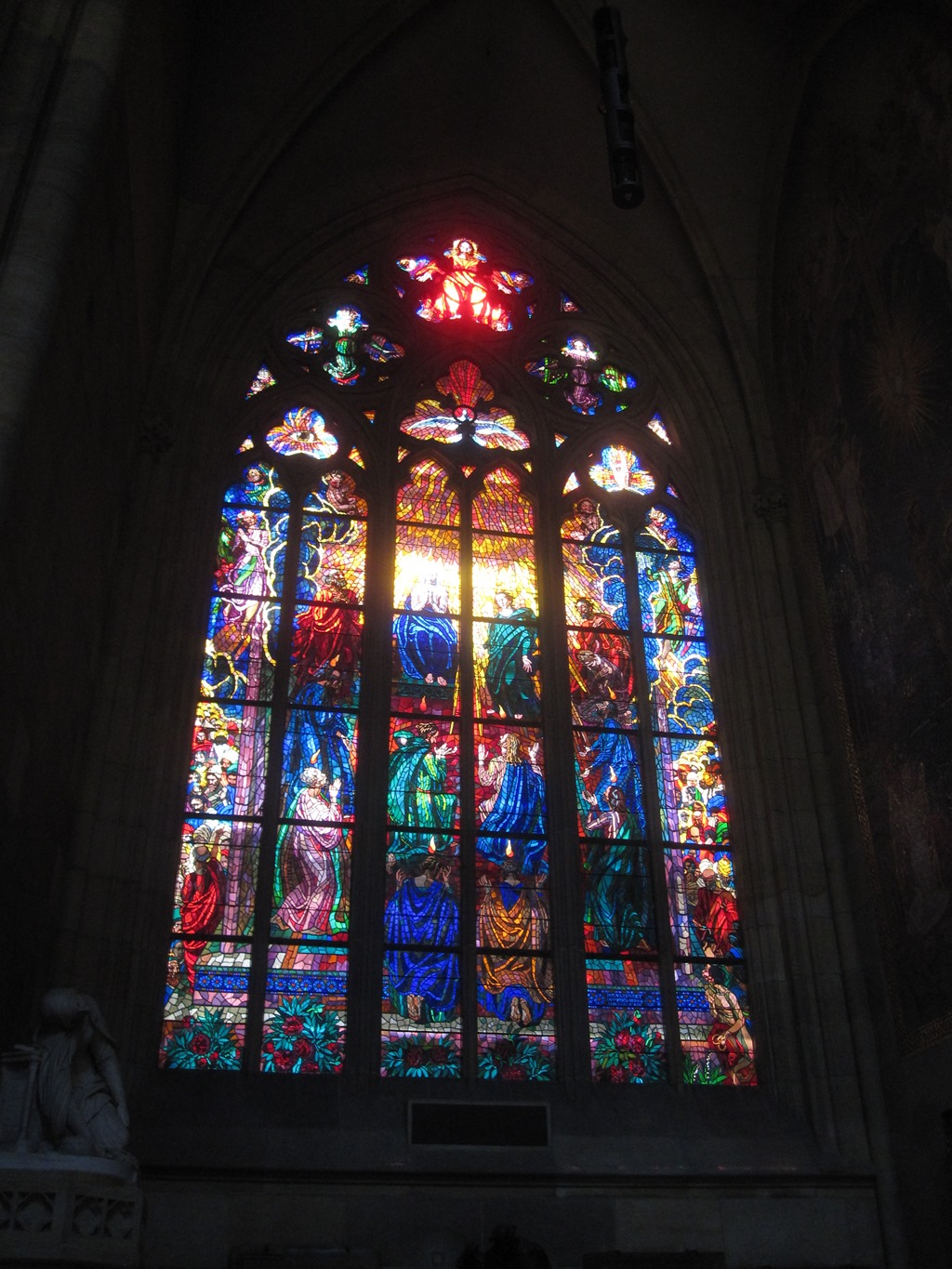
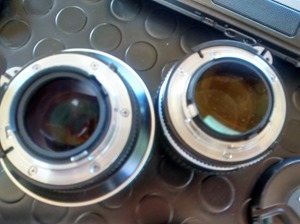
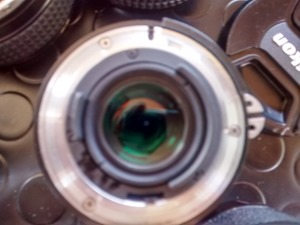
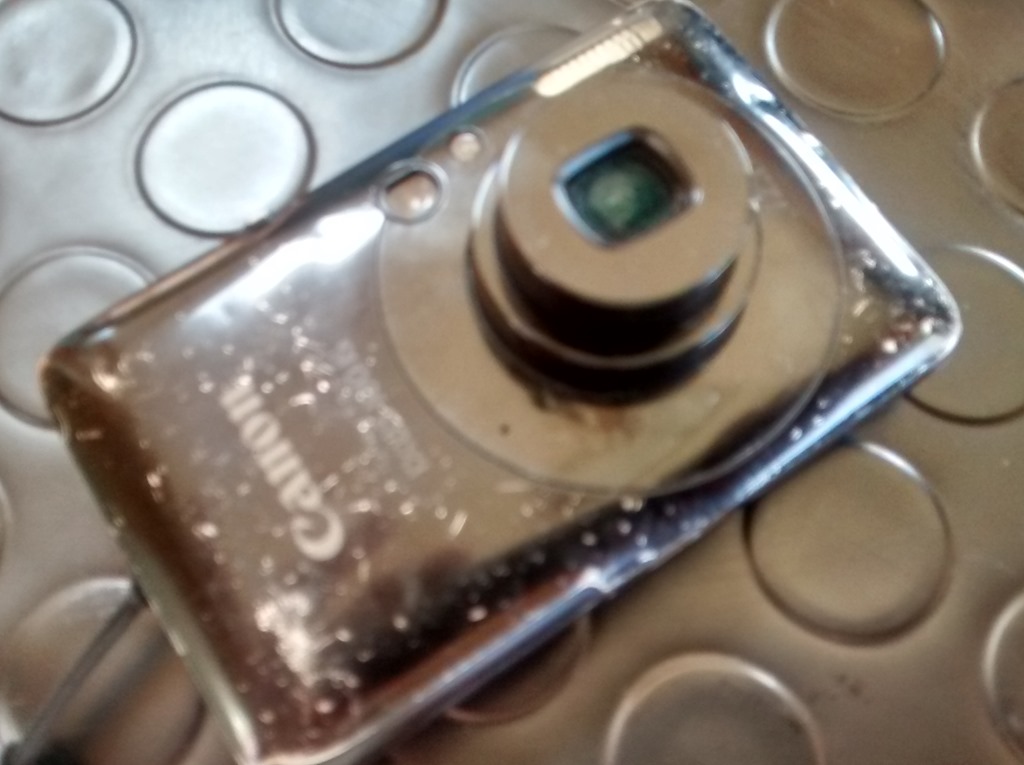






Muy buena información para los amantes de la fotografía , seguro lo agradeceran , yo solo veo si me gustan o no, pero nada más.
Igual que yo, de vez en cuando me da unas lecciones